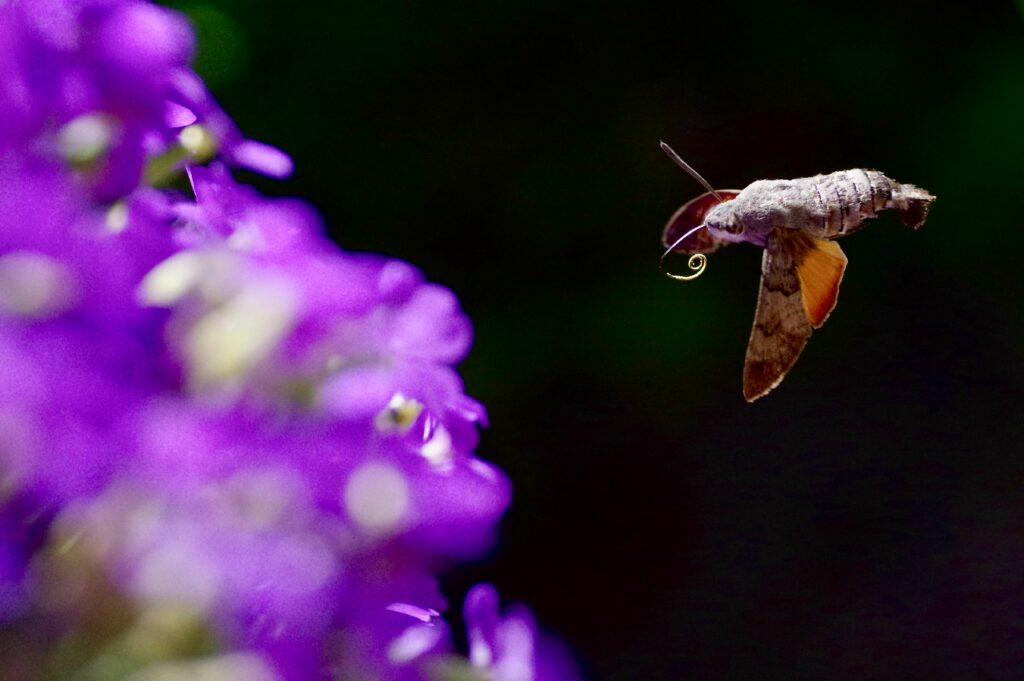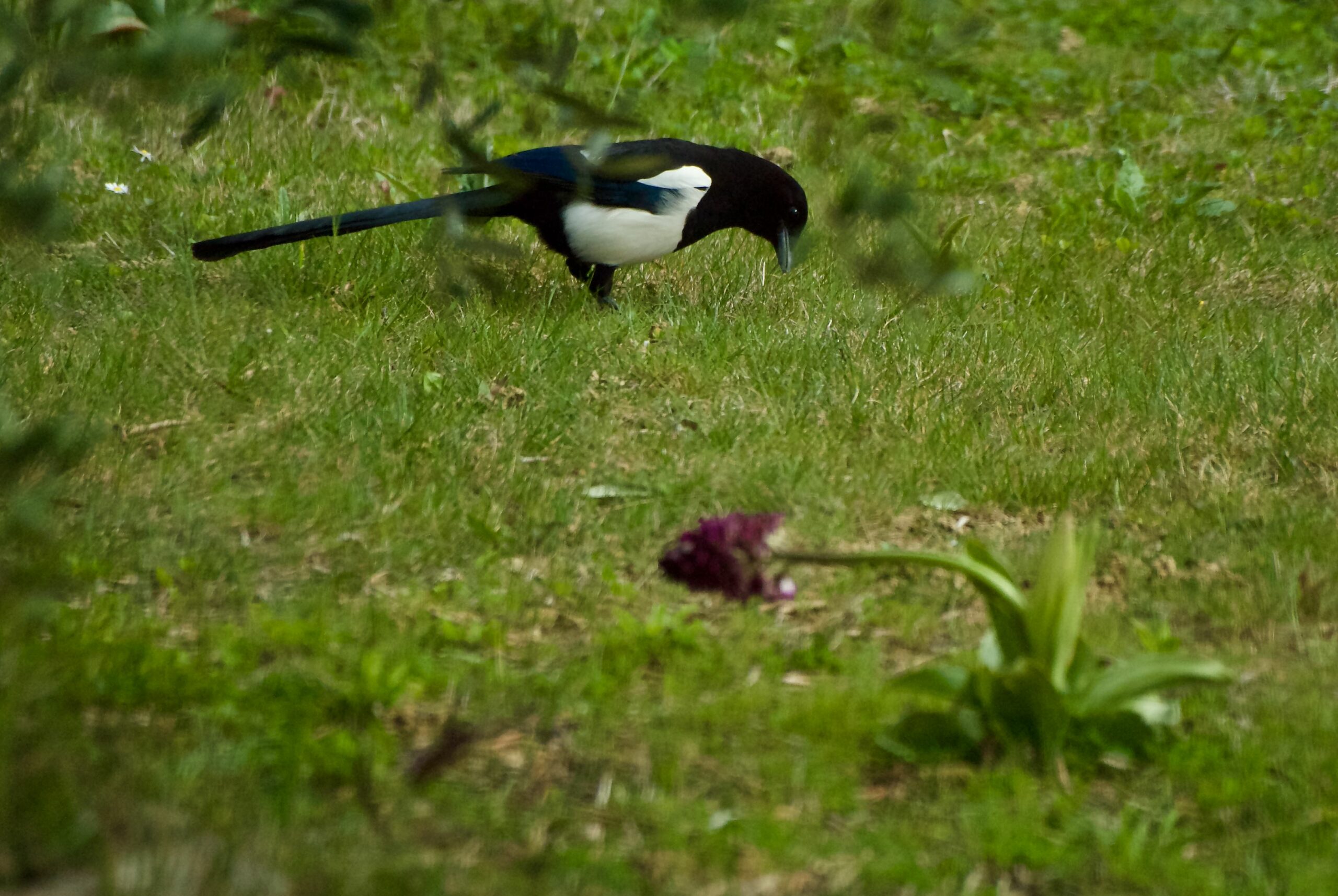After a few unfortunately rather negative-spirited posts reflecting some of my recent seasonal struggles, here is an early spring entry offering a bit of fresh hope and excitement, and a possible lead as to how to better organize one’s life and time if, like me, you are of the creative, enthusiastic hyperactive, yet scattered and procrastinating type constantly trying to move into new things and to adapt to new situations.
This week, I attended an ecology research talk in Moulis, by Joris Bertrand, on particular orchids (Ophrys) evolving to mimick females of particular insect species so as to lure the males to copulate. In this pseudo-copulation process, the latter of course do not achieve their sexual goal but simply end up taking pollen from the attractive flower and subsequently pollinating other orchids in the local population. The trick involves the flower’s look having many morphological traits in common with the female insect body, and the plant secreting the very same pheromons, a fun example of evolutionary specialization and adaptation. The talk was oriented on a particular species, Ophrys aveyronensis, only found in two disjoint areas: the Aveyron region of France, and northwestern Spain. Lots of genomic and phylogenetic analysis in there, and I am glad I started teaching myself some genetics and evolution basics over the last few months, otherwise I could not have followed.
Which brings me to today’s subject: planning, and like Ophrys working slowly to adapt/evolve in our lives so as to be able to settle in a new field or job (yes, I know these are not the same actual kind of evolutionary process, please be kind with my efforts to build original narratives) . As I wrote in my last post, I have been struggling in recent months to make progress on both astro and eco fronts simultaneously, being bogged down by proposal writing, admin tasks, and a sheer multitude of projects. As this phase of writing comes to an end, I have decided to start again being more proactive in terms of planning my time, projects and activities to be able to do (well) two research jobs at once (which I am likely to have to do for a few more years) without imploding mentally. Fortunately, after my last post, a good friend suggested I take a look at a twenty-year old book called The Lifelong activist, by Hillary Rettig. Having now read the book entirely, I honestly don’t know how I managed not to learn about its existence earlier.
As the title suggests, the book is primarily oriented towards activists who wish to organize their life to make it more productive and efficient, but in effect it applies to a multitude of professional and life situations. To make a long story short, it hit me right in the guts as a researcher, master procrastinator, but also as someone wanting to make a little difference to the world and to the crises we face. There’s so much in the book that puts clear words, and a clear diagnosis on my own personality, what’s going on in my cluttered mind, the debilitating lack of structure in my all to busy professional life, and some of the things I have been feeling intuitively and trying to work on in a scattered way over the last two years to improve the situation. Reading it just felt like someone had hacked my brain and .tar.gzipped it. I could hardly close the book until I finished the last line, and am now in the process of trying to follow through on some of the advice given.

We will see if I can stick to the discipline and structure advocated in the book, but it feels more than good so far in terms of giving me a window into where my time goes week after week, and how to improve my use of it without going into overdrive. I have been at it for a week, trying to reorganize my schedule, priorities and daily activities, including ample time for chilling out, and I was surprised how focused I could stay for the whole week and how much progress I made diagnosing my own illnesses and cracks. I also found that I was already practicing semi-consciously many of the things advocated in the book, giving me a morale boost as it felt just like the right tool for me to crystallize what I was already trying to put in place with this professional transition.
I also recognized in the book quite a few tips and tricks I learned about ten years ago now, in the context of how to structure my musical practice as an adult, which I then went on to apply to learning upright bass with very satisfying results (at least for myself). The point is, though, that I never quite managed to properly transfer that organizational wisdom and discipline to my professional activity. After reading the book, I think I now start to better understand why, and how to remedy it to some extent. My upcoming work programme in ecology in Moulis for the next few months is also packed with interesting perspectives so, after a rather gloomy winter period, it feels like I am finally getting out of the winter rut, like a good Pyrenean bear coming out of hibernation (except for my own post-winter weight, which goes opposite to that of bears ).
All in all, if like me you have some ideas about where you want to take your creative work life (whatever your goals and area) but feel a bit lost on how to get there, for instance if you are currently sitting in between different jobs, multitasking too heavily and losing ground, or at a stage of introspection, I would strongly encourage you to take a look at this book and give it a chance: I hope it will challenge you and give you some good ideas like it did to me, and maybe will offer a bit of comfort and a morale boost to you too. I don’t think you have to adhere to all of it either by the way…just pick what you feel corresponds to your situation, and work from there !
Thanks again Antoine for pointing it out to me, for me it certainly feels like the right read at the right time !


Leave a Reply